Sport climbing is famous for being a shoulder season activity, often demanding temperate conditions and controlled humidity. Nobody wants to be trying hard on sweaty, slippery rock or clipping draws with numb fingers. Making the most of these shoulder seasons, though, can be tricky if you have limited time off or live far away from most major crags. As a recent university graduate who’s been in school for the past four years, I’ve only had specific and non-negotiable breaks for my whole climbing career…and I’ve lived in New Jersey my entire life. These circumstances taught me how to plan climbing trips for less-than-perfect conditions, seeking out crags that still have good weather even when others often don’t.
In this article, I’ll share some of the best climbing areas I’ve had extended stays at and categorize them by season.* For each, I’ll share all of the major points that might be helpful in deciding whether you should visit. This includes the vibe of the rock and style of the climbing, where to stay, what the weather’s like in the given season it’s listed under, and more. Sport climbers, read on to discover how you can keep doing what you love most no matter the time of year.
*A few of the shoulder season crags are interchangeable, since fall and spring weather are similar–just take note of my points regarding rain and snow.
(p.s.–many thanks to fellow climber and my friend Max Curie and his fancy camera for taking the cover photo of this article)
Fall
Everyone knows that fall is the classic sport climbing season. Boiling hot desert crags are becoming breezy for the first time in months, rich colors are ripening in the deciduous East, and previously seeping, humid rock is taking a welcome breath of dry air. Here are some very fine crags that are at their best during these golden months.
The Red River Gorge (Slade, KY)
This magical place needs no introduction, but I will do so anyway. The Red boasts thousands of sport routes, an active trad community, and countless places to stay that are steeped in decades-old climbing culture. I always recommend to new visitors that they stay at Miguel’s, a combo social hangout/pizza place/campground abode nestled between the cliffs. It’s generally no more than a twenty minute drive, sometimes less, to every crag in the area.
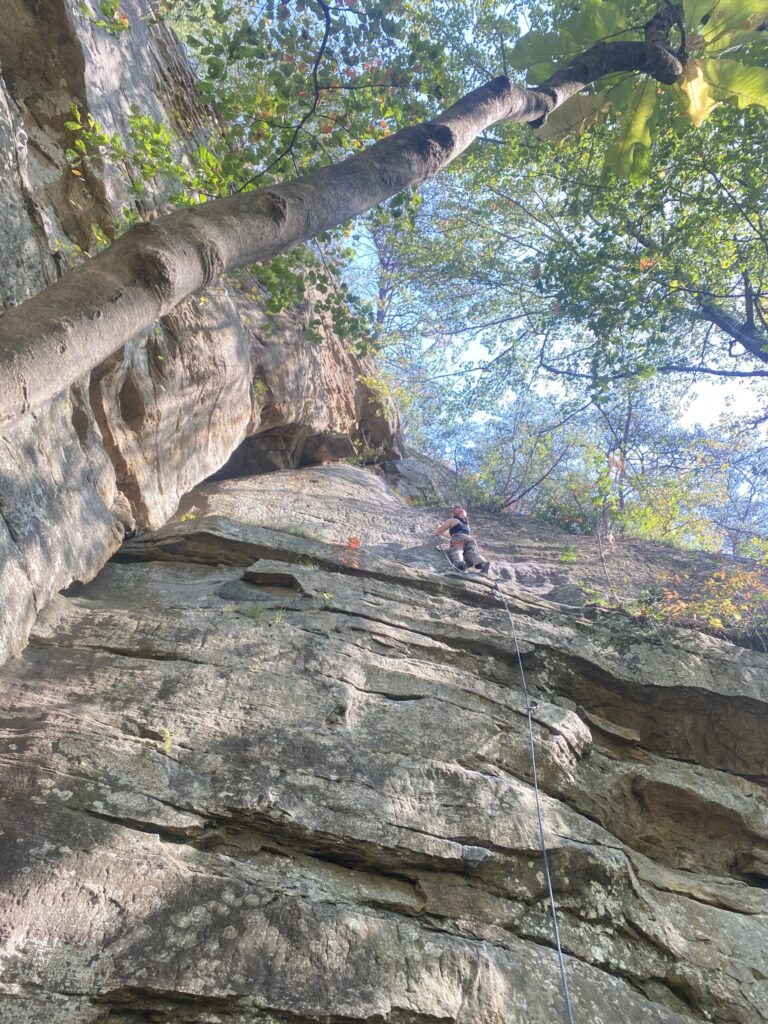
My buddy Charlie being brave on their first lead of the season last fall
The Red is known for its steeply overhung limestone, famously difficult mega-projects, and abundance of fun moderates. There are routes worth climbing at every grade from 5.7 to 5.14d.
Me on my second ever day of outdoor climbing, took at the crux of mega-classic EGBG (10a)
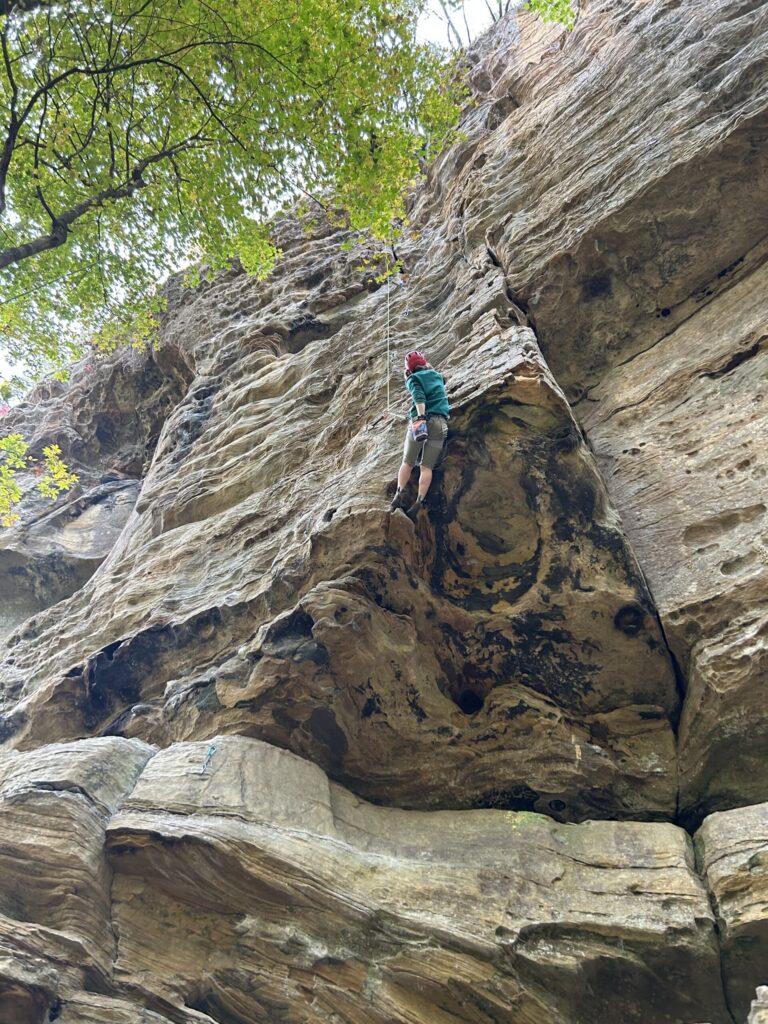
The New River Gorge (Fayette and Summers counties, WV)
I have not been here myself, but many of my dear friends have, and I’ve heard nothing but praise (except for some complaints about runout). According to the Mountain Project summary, there are more than 3,000 established routes, more than 60 miles of beautiful cliffline, and hundreds of boulder problems. The more moderate crags are reportedly busy (probably because the climbing is so excellent and fun), but one allegedly can avoid the crowds if desired since there are just so many darn crags here.
I’ve also heard wind that there’s some pretty sick deep-water soloing to be had here–one of the many benefits of visiting a river gorge in which the river is still flowing. I can vividly recall one of my climbing acquaintances showing me photos of a friend’s dog on a paddleboard, floating on the serene waters of the New River in some yellow afternoon sunlight. The water is warm enough to swim in if you visit in late spring, but like many crags of the deciduous East, the climbing is best in the fall.
The Gunks (New Paltz, NY)
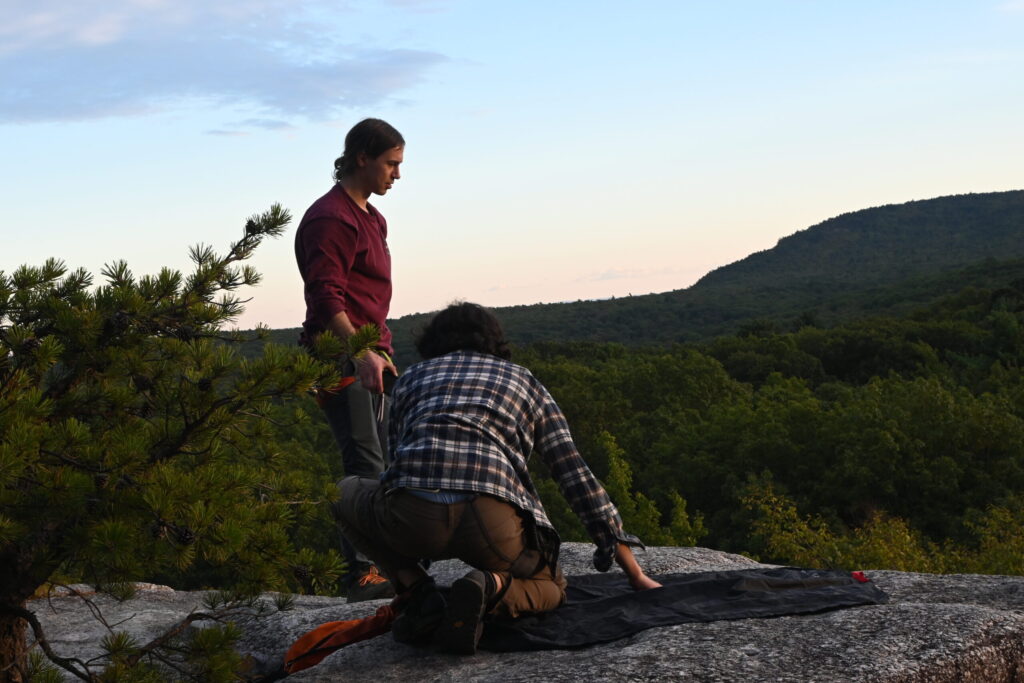
My friend Colin (left) and my partner Tomo (right) at Peterskill
This trad mecca is known across the country for huge ledges and super-classic moderates. Look up High Exposure, affectionately dubbed “High E” by many, and you’ll see what I mean. Although there are no sport routes at the Gunks, I’m including it for two reasons: its uncontested excellence, and the ease of accessing great climbs even if you don’t have trad skills yet.* Famously stiff and old-school, The Gunks goes at one to two grades of sandbaggery up from the marked grades, but that’s no reason to skip this world-class crag. The best days are spent on long 5.6 multi-pitches that take you soaring to the highest Shawangunk Mountain views with the local peregrine falcons.
*You can set up topropes quite easily at Peterskill and still have a fantastic day
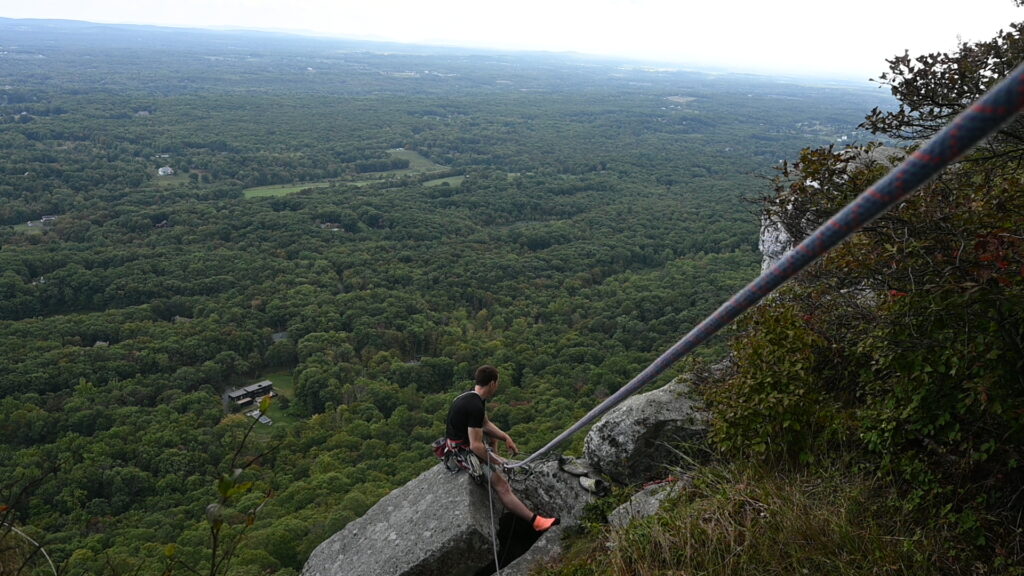
Eric, one of our local trad dads, getting creative with the last belay on a sweet Trapps multi-pitch (Tomo took this beautiful photo)
The American Alpine Club has established a campsite super close to this crag, and I really recommend staying there. There are other campgrounds nearby, but you’re the most likely to find fellow climbers at the AAC Gunks Campground. There’s a pavilion, cozy wooded campsites, showers, and even two spray walls.
Winter
Winter, as we all know, is very, very cold. That greatly limits where you can sport climb. Even crags that flirt with the geographic south, such as the Red River Gorge, get increasingly bitter as the days grow shorter each year. Some climbing areas, however, are to be avoided until temperatures drop—and those are the crags that are far too hot to access most other times of year.
Many of the toastier desert crags that are climbable in late fall and winter have more of a trad focus than sport (such as Joshua Tree and Indian Creek), so I’ve only included one area here. That’s the infamous Red Rock Canyon.
Red Rock Canyon (Las Vegas, NV)
Red Rocks is the place to be in January and February. Its slightly soft nature, both in terms of grading and rock type, makes this beautiful desert canyon a joy to climb in. The bowl-shaped geological feature is occupied by a one-way, 12-mile scenic drive that loops around the canyon. You’ll happen upon the sport climbs first, a vast array of Martian, sand-blasted crags with an astounding variety of single-pitch classics.
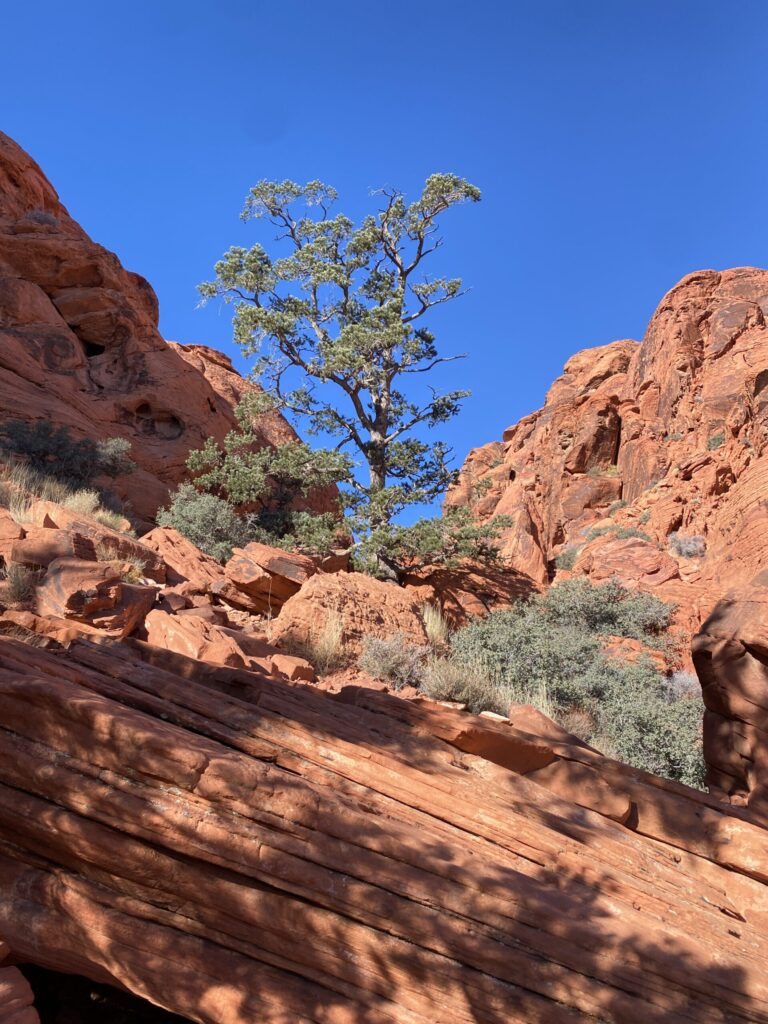
On the approach to Cut Your Teeth Crag in Calico Basin
These crags are close enough to each other that you can hop between several in a day, but each wall is also big enough that you could easily spend sunrise to sundown in one area.
There’s a bounty of fun moderates here and lots of opportunities to bag one’s first climb at a grade–I had both my very first 10a lead here and my first 11b lead the next year–but still no shortage of techy, try-hard projects at any grade.
A view near Civilization Crag, where I had one of my first 10a onsights in 2024
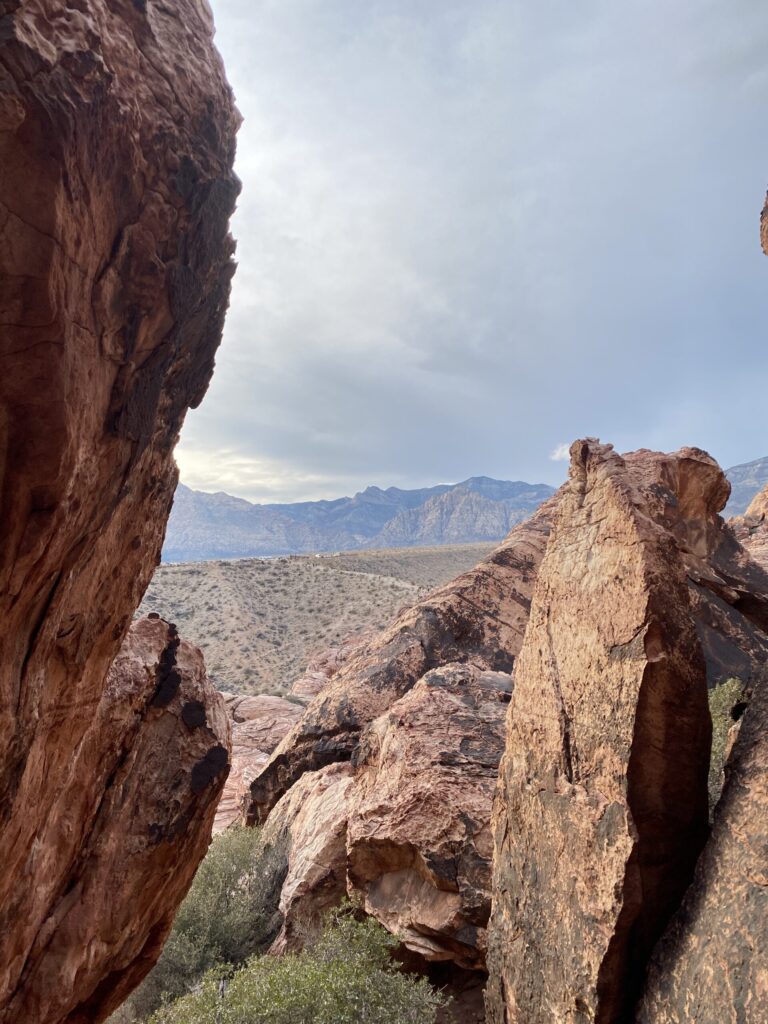
Stay at the Red Rock Canyon Campground if you’re heading here, or sleep in your car on the side of the road if you so please. Lots of people opt for the latter. Also be warned that, even though this crag is more climbable than the others in the winter and thus attracts lots of December-February traffic, it still can get COLD during these months, especially at night. Bring lots of layers so that you can bundle up when the stars come out and enjoy the desert sunshine during the day.
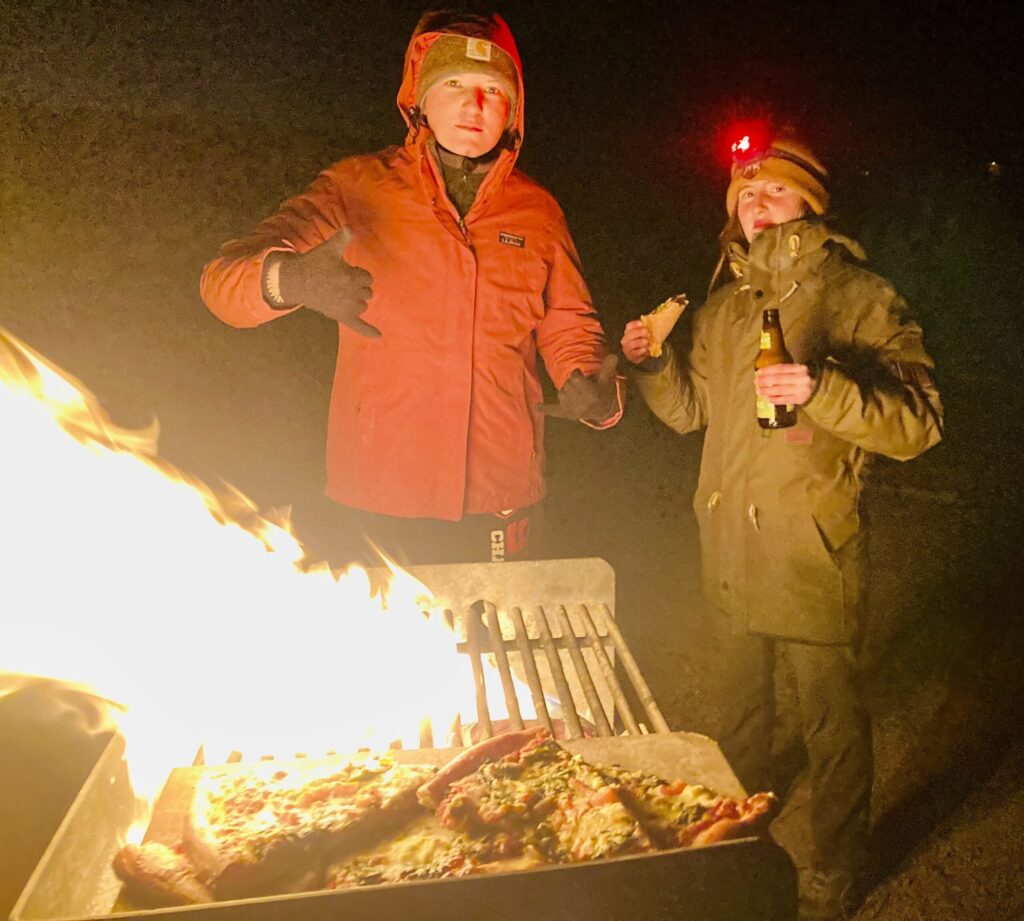
Me (right) and Bailey (left) warding off the stiff desert wind at the Red Rock Canyon Campground
Spring
And with another quarter-orbit around the sun, we’ve returned to shoulder season weather. Spring is a wonderful time to climb, but it comes with its own considerations. Since the Mother Earth is still warming up, the ground can be chilly at night, and it’s totally possible (if not probable) to encounter summit snow even if lower-elevation temperatures are borderline summery. It also is generally rainier than the fall, especially in deciduous spots like the Red River Gorge. Here are some climbing areas where you can find temperate daylight hours and avoid the rain.
Tahoe
I only spent one half-day here on the way to Bishop, but it sticks out in my memory as one of the most beautiful places I’ve ever climbed. We set up a few sport climbs, and each one was deliciously wandering, super varied, and demanded a wide arsenal of climbing techniques. Granite is the most prevalent rock type here, lending lots of character to these routes and asking for precise footwork. If you are only sport climbing and sticking to single pitches, spring is a wonderful time to climb in Tahoe, with plentiful sunshine, cool temperatures, and brisk lake breezes being the hallmarks of the weather.
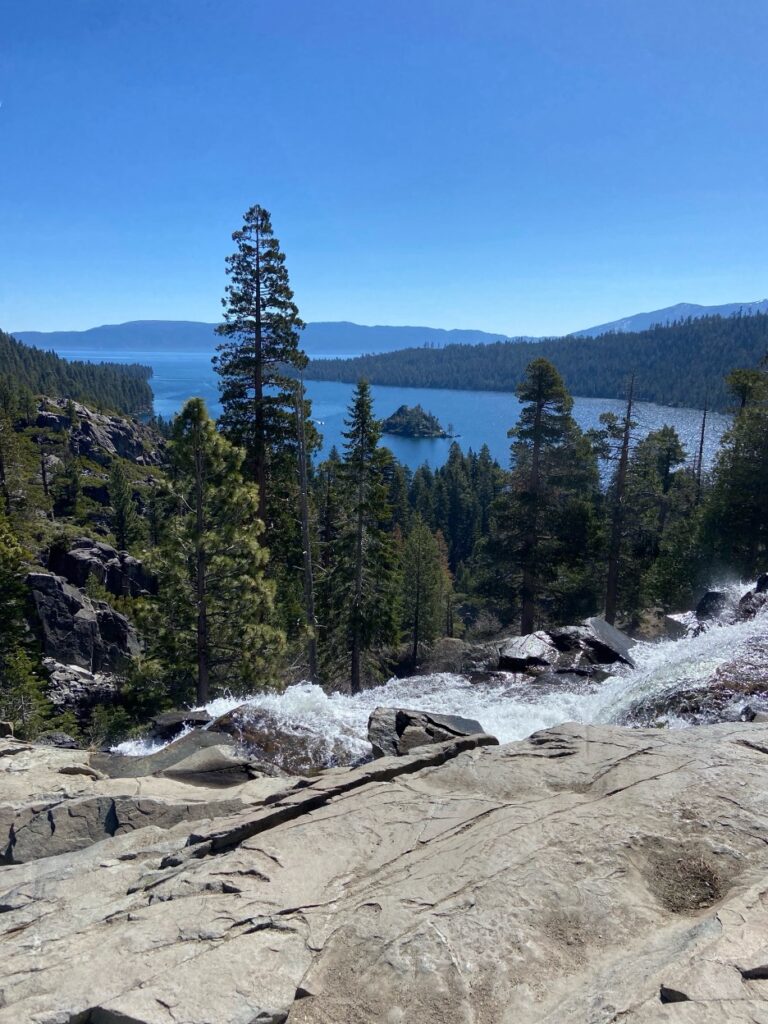
The beautiful river where we refilled our water bottles
Trad and otherwise multi-pitch climbers will recommend that you approach this area in the fall, and for good reason: the upper elevations will still have lots of snow in the spring! We hiked Tahoe’s Desolation Wilderness before climbing nearby, and our plan to take a dip in an alpine lake was thwarted by the fact that the lake was totally frozen over.
Owens River Gorge, Bishop, CA
The several days I spent climbing at the Owens River Gorge in Bishop were some of my most memorable climbing days—ever. This is partially because I was there with a wonderful group of friends, but also because the ORG is an incredible place to climb. The rock is a bit polished on some of the most popular routes, but it’s not so dramatic as to be a dealbreaker. There are so many climbs here that it’s easy to avoid these bustling areas if you’re craving more untouched rock. The dryness of the desert biome makes the rock (even the polished spots) feel particularly grippy, too.
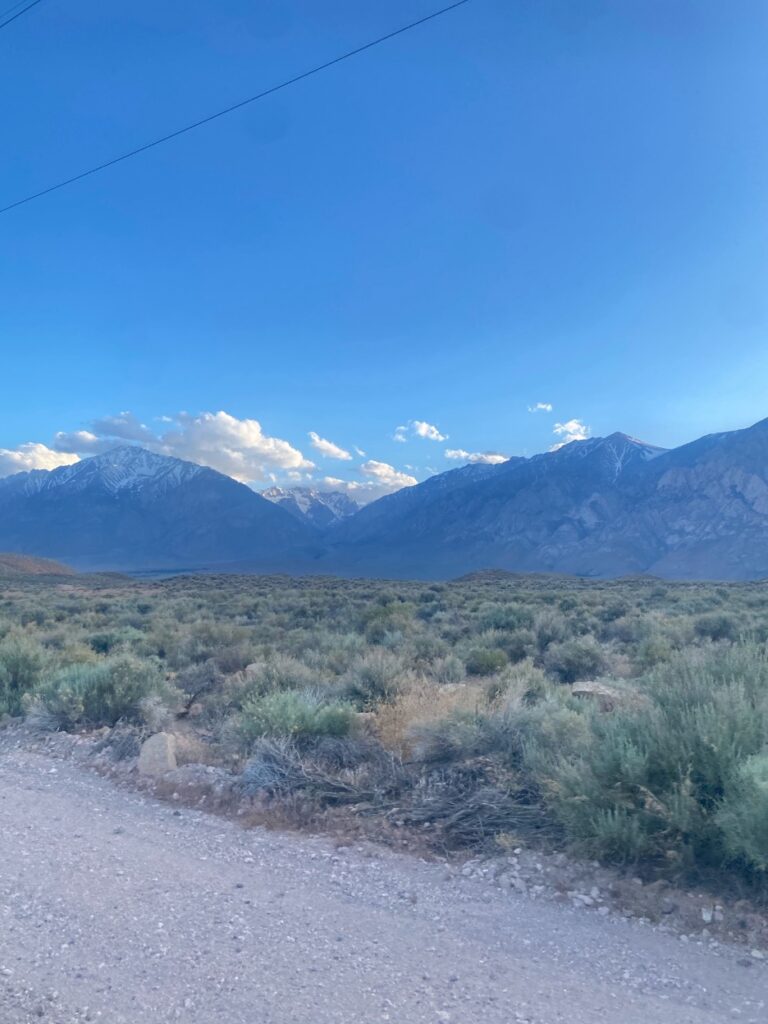
Proud Sierras lining the dirt road to the crag
Me running it out on my way to the first bolt of a fantastic 11a in the ORG
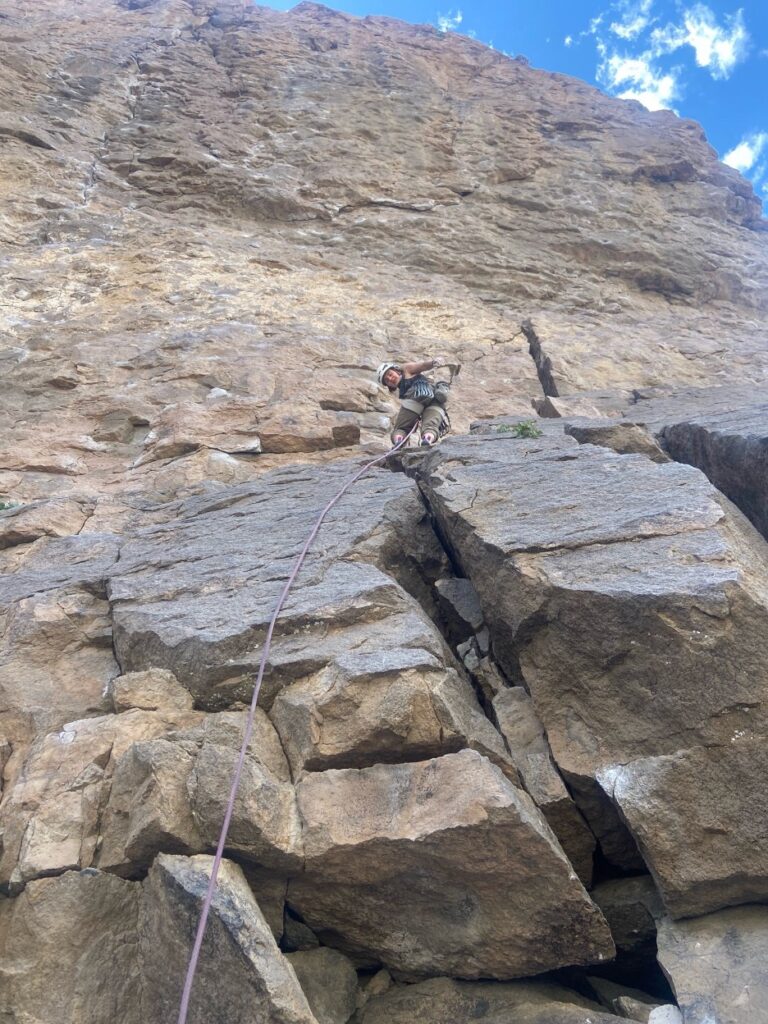
We stayed at the nearby Pleasant Valley Pit Campground when we climbed in Bishop, but there are also many opportunities for dispersed camping nearby. Wherever you end up, you will probably be able to catch some beautiful sunsets as they illuminate the jagged peaks of the Sierras. There are fire rings in Pleasant Valley Pit, so even in the crackly dryness of the desert, you still can light a campfire when the sun goes down. Use your discretion, of course, in assessing the wildfire risk on any given day.
Smith Rock (Terrebone, OR)
the birthplace of sport climbing in the u.s.
Smith Rock is characterized by its unique slab and stunning multi-pitches. If you’re checking this area out on Mountain Project or in guidebooks and seeing lots of dialogue about “knobs” and “nubbins”…yes, it’s real. I didn’t believe it at first, either, but there really are no better words to describe the rock in Smith, and you’ll see what I mean if you climb there. I don’t want to spoil it for you, so that’s all I’ll say about the knobs and nubbins of Smith Rock.
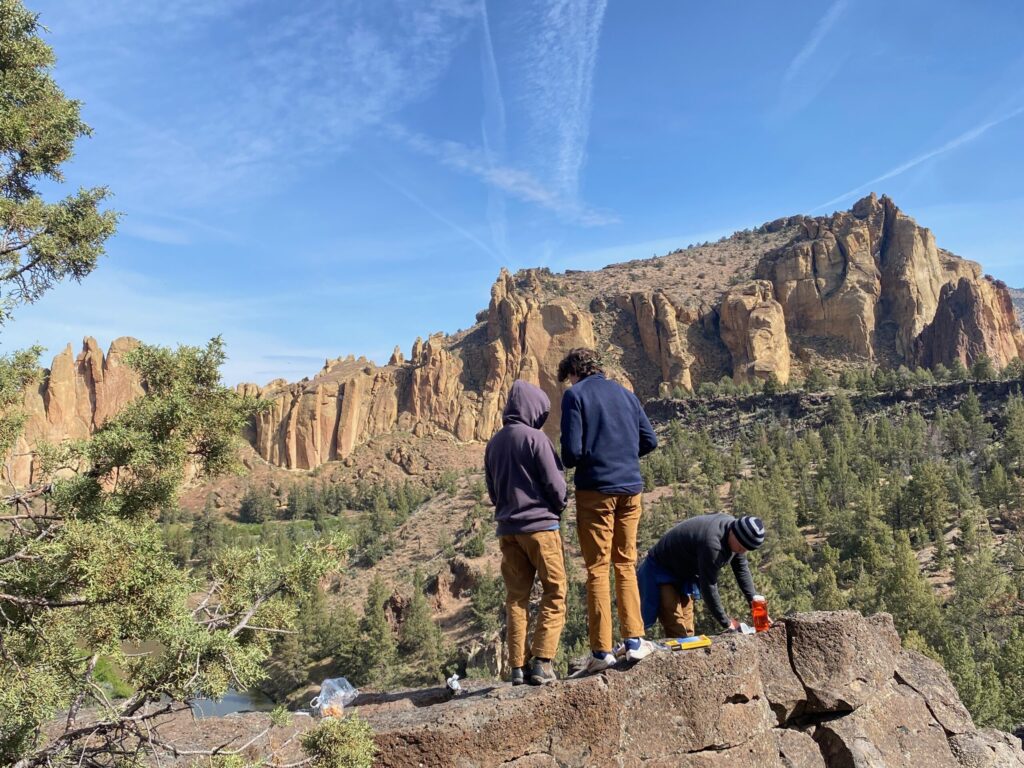
Charlie (left), Kirby (middle), and Kirby’s dad (right), overlooking Smith Rock’s many crags and having breakfast at camp
This breathtaking river gorge carves a steep bend around a collection of steeple-y multi-pitches on vibrant rock, and there’s a wide spread of excellent sport climbing across from these sharp peaks. There are also many fun, scrambly approaches to be had, especially if you’re using Asterisk Pass to venture over the main ridge instead of taking the long way around.
Kirby’s dad, our trad ringer for this trip, making his way up the aid pitch of Pioneer Route. The beginning of the final pitch, which I led, can be seen exiting the cave at the very top of this photo. A nice stranger took this one for us
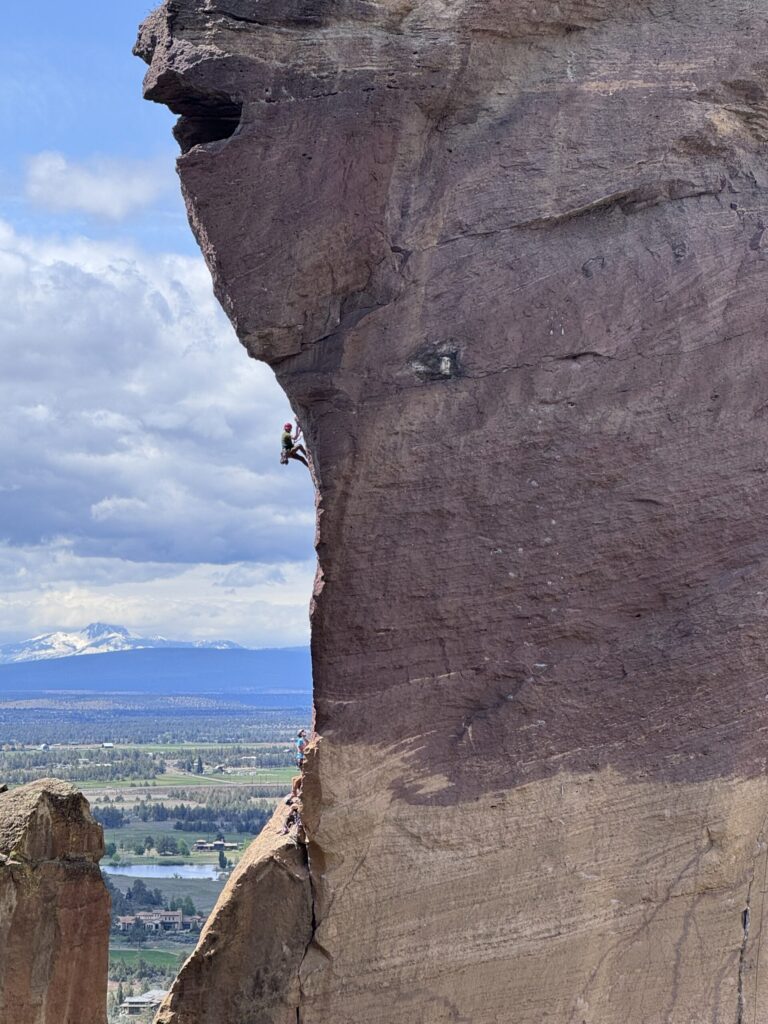
The Bivy, Smith Rock State Park’s primitive camping campground, is the place to stay if you’re climbing at Smith. You can walk to many of the crags from here, and even the ones that are less walkable are still less than a ten-minute drive away.
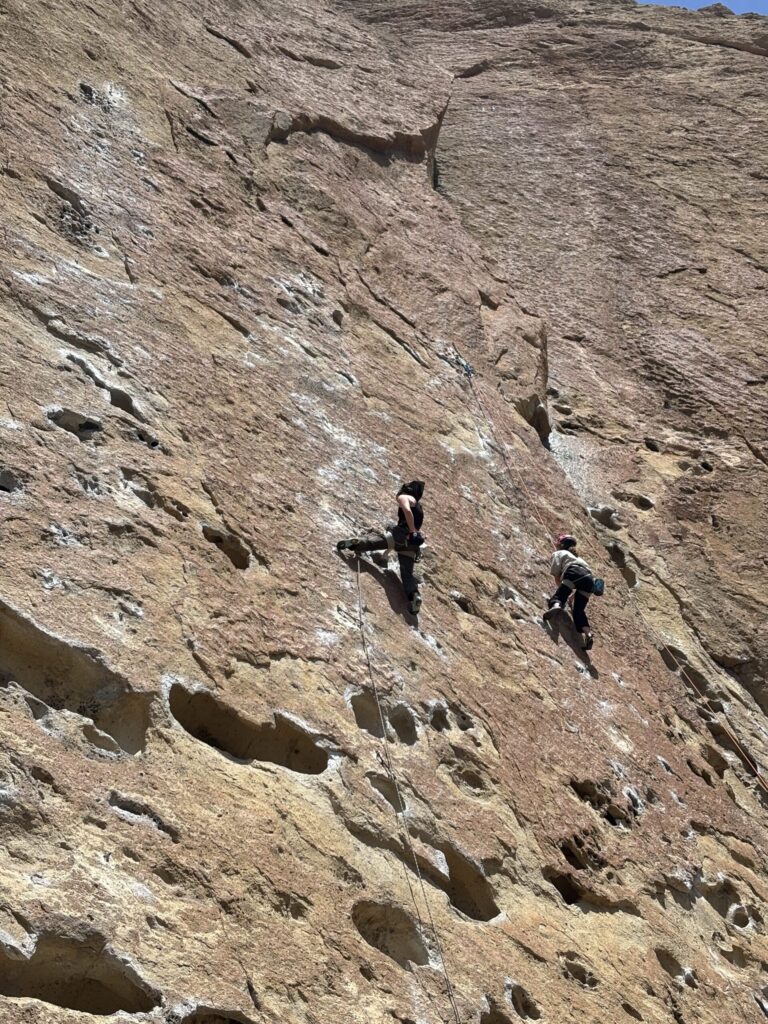
Me–took, upset, and chalking up at a scary spot. Kirby the younger snapped this photo
The Bivy has a lovely communal cooking area with picnic tables (although not as cozy as the Miguel’s lower pavilion), very nice bathrooms and showers,* and beautiful views of the gorge. I encourage you to seek out a spot near the edge of the cliff with a break in the trees, even if it’s a bit of a further walk. Trust me, it’ll be worth it.
*I found a Pacific Chorus Frog in these showers on my last day. He was super cute.

Me and Kirby, topped out on Pioneer Route
Summer
Summer is generally regarded as sport climbing’s main off-season. However, with some clever planning and no small amount of heat tolerance, you can make it work. These iconic Northeast locations have more reasonable summer temps than most of the other crags I’ve been to.
Rumney, NH
What a whimsical place. This is another crag that I only spent a few days at, so I’m certainly leaving some things out of this far-from-comprehensive review, but man did Rumney make an impression on me. Nestled among the conifers of southern New Hampshire, this crag is glittering with flecks of quartz and is studded with varied, exciting climbs. It stays relatively cool, even in the summer, and nights can even get chilly enough to warrant a sweatshirt. It’s also drivable from anywhere in the Northeast and is only two hours from Boston.

Me (left) and Tomo (right) having a chill day at Rumney before we even went on our first date. Our dear friend Eddie took this photo
Like much of New Hampshire’s exposed rock, Rumney is smeared with reddish streaks everywhere that the rock touches water. There are some long, classic (and a little scary if you are new to the outdoors) 5.8 sport climbs, a super famous 10a with a perfectly triangle-shaped hold, and enough hard projects to last a lifetime. My partner and I met a border collie named Goose here who we played fetch with for hours.

Goose
Camp at the Baker River Campground or at the Rumney Rattlesnake Campground. They’re both great.
The White Mountains, NH
These mountains are more known for their trad classics, but the Whites are not to be passed up, even if you’re seeking sport climbing. I’ve spent many summers hiking here, and I have been told that the climbing is excellent.
Lots of climbers move to the White Mountains to spend years among the big multi-pitch cliffs and to cruise around on Cathedral Ledge, so there’s a bustling and developed community. That means the area is pocked with wonderful outdoorsy towns to visit and peruse for gear.
I highly recommend paying International Climbing Equipment (North Conway) a visit, especially if you’re hoping to acquire some trad gear on a budget. They boast a wide selection of used and donated gear, clothing, and mountaineering equipment, in addition to some awesome local art.

Views from Monroe of the ominous Agiocochook (Mt. Washington, right) obscured by clouds
There are many places to stay in the White Mountains—camp along the Kancamagus Scenic Highway, make really rad friends at CoHo Hostel, or opt for the glamorous life in Huttopia. All of them are wonderful. These are still my favorite mountains, even after visiting the West.
Conclusions
Of course, I haven’t been to every crag, and I certainly haven’t been to every crag in every season. However, I hope that my personal experiences in each of these places can be a helpful start, perhaps informing your next few seasons of trips. Don’t let the weather stop you from climbing; there are always options, if you know where to look. Once you’re ready to plan your trip, check out this article.
Since this year’s autumn equinox is only a few days behind us, I’m wishing you a very shreddy sport climbing season. They don’t call it “fall” for nothing–get out there!

*Thanks Max Curie for this amazing photo
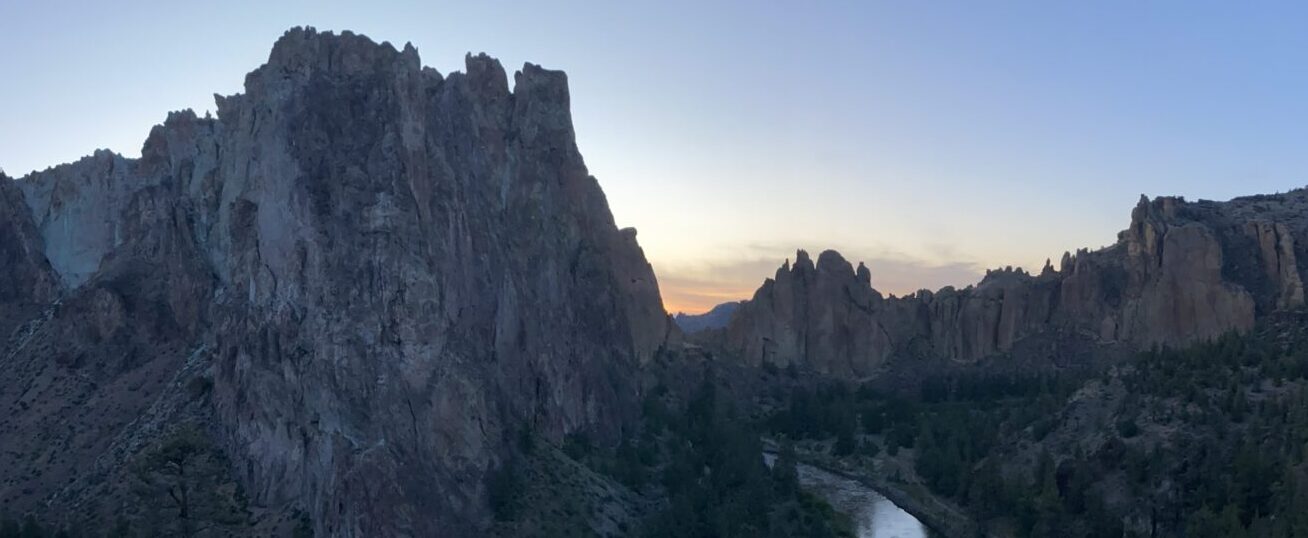


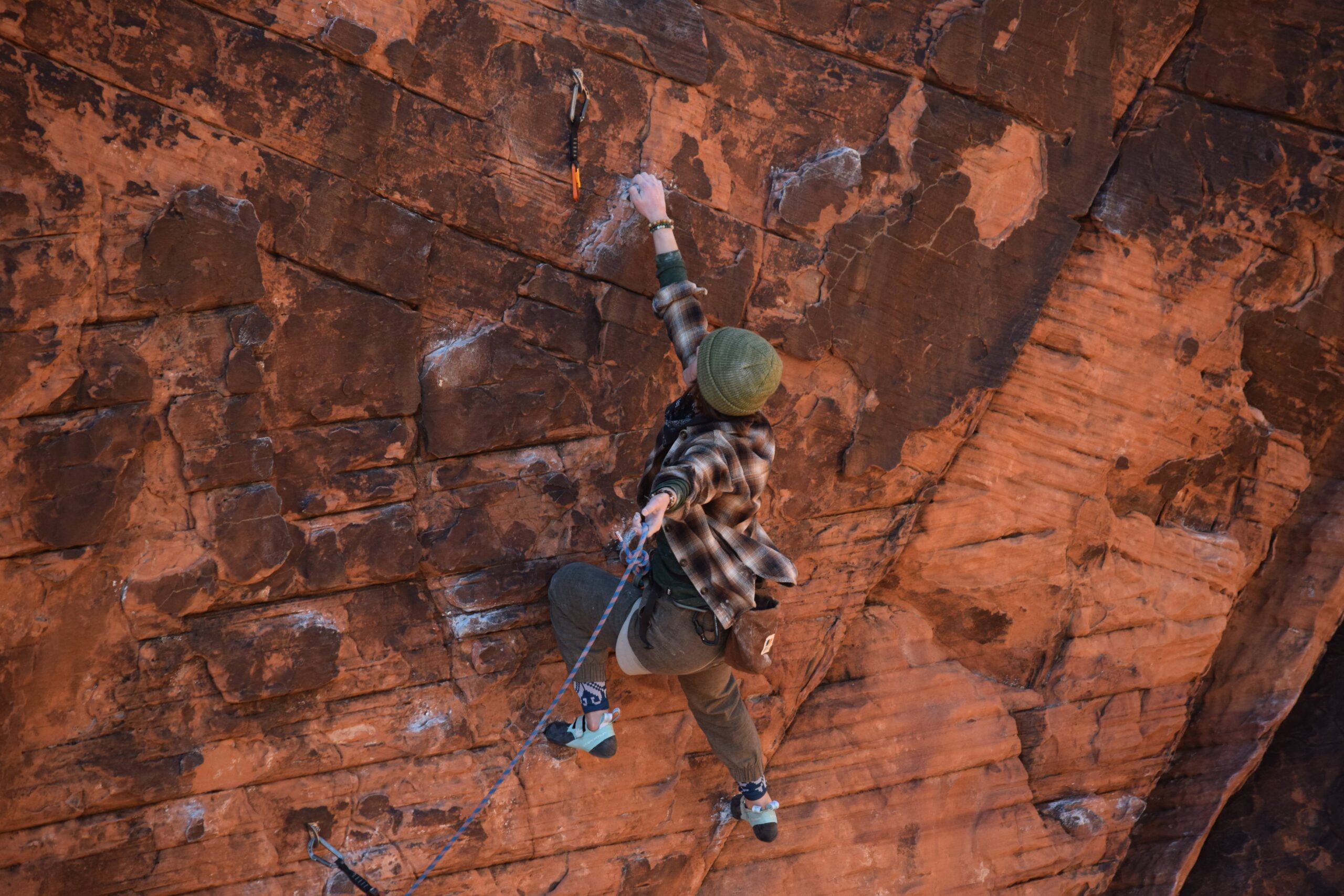

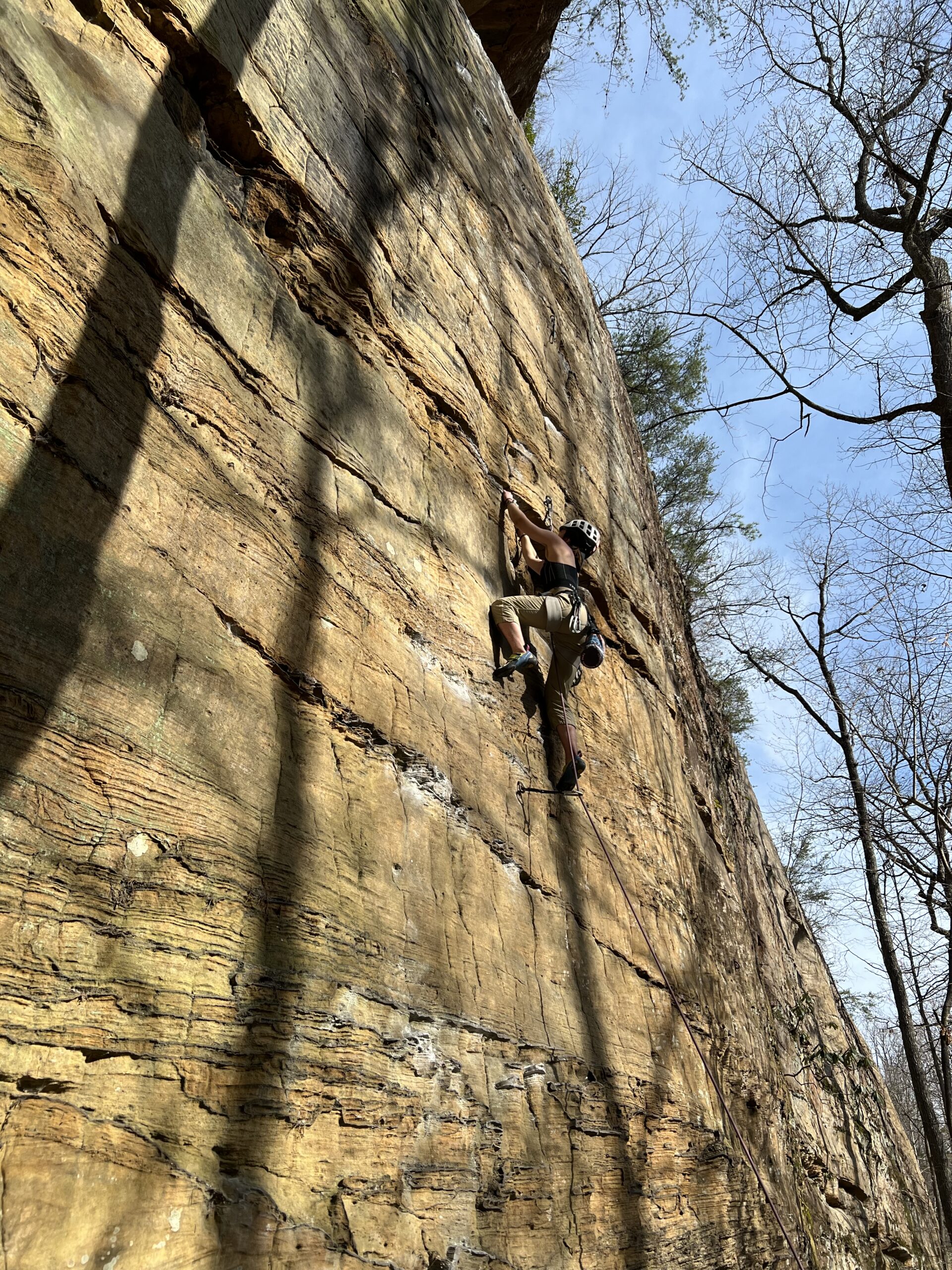
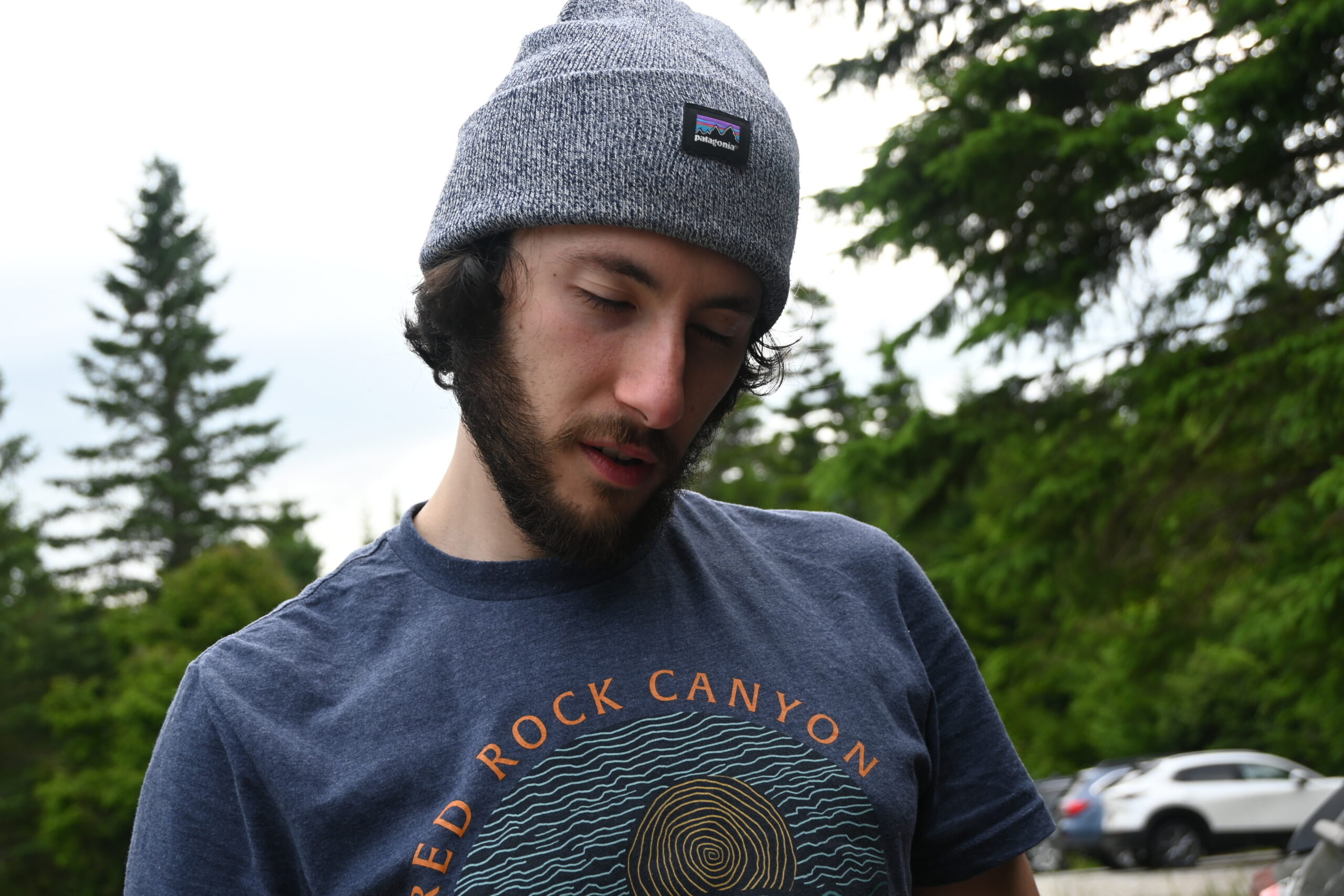
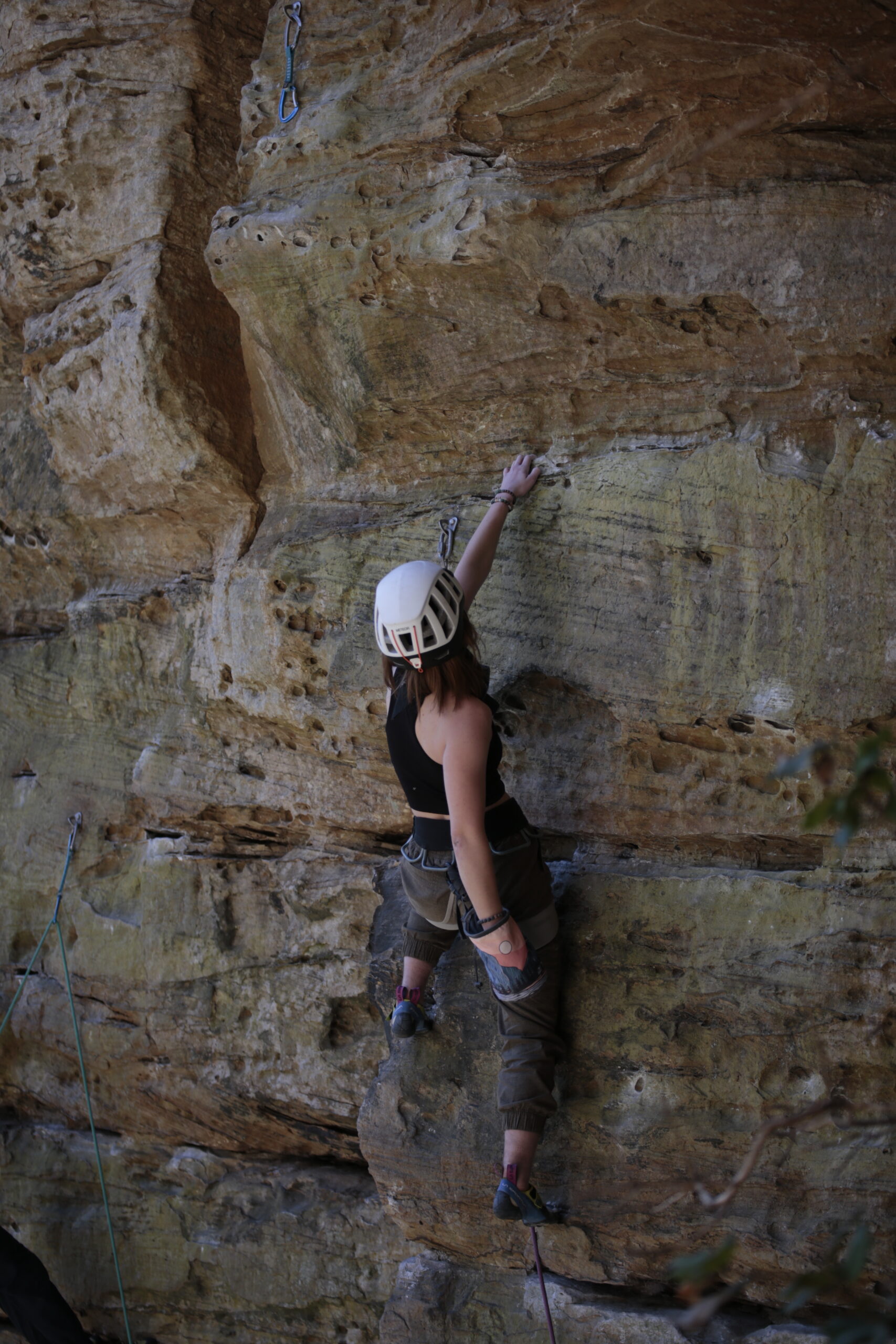
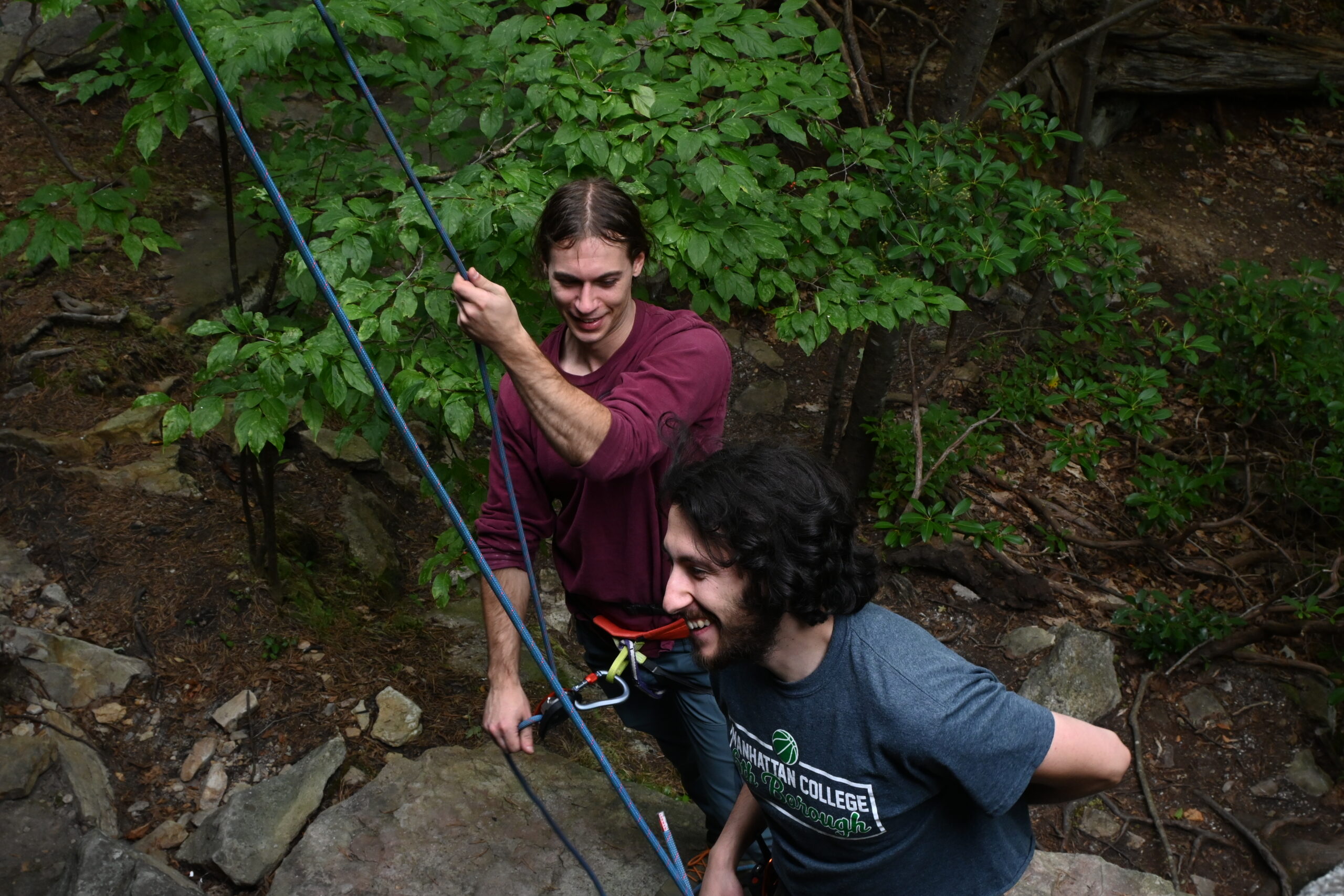

Leave a Reply